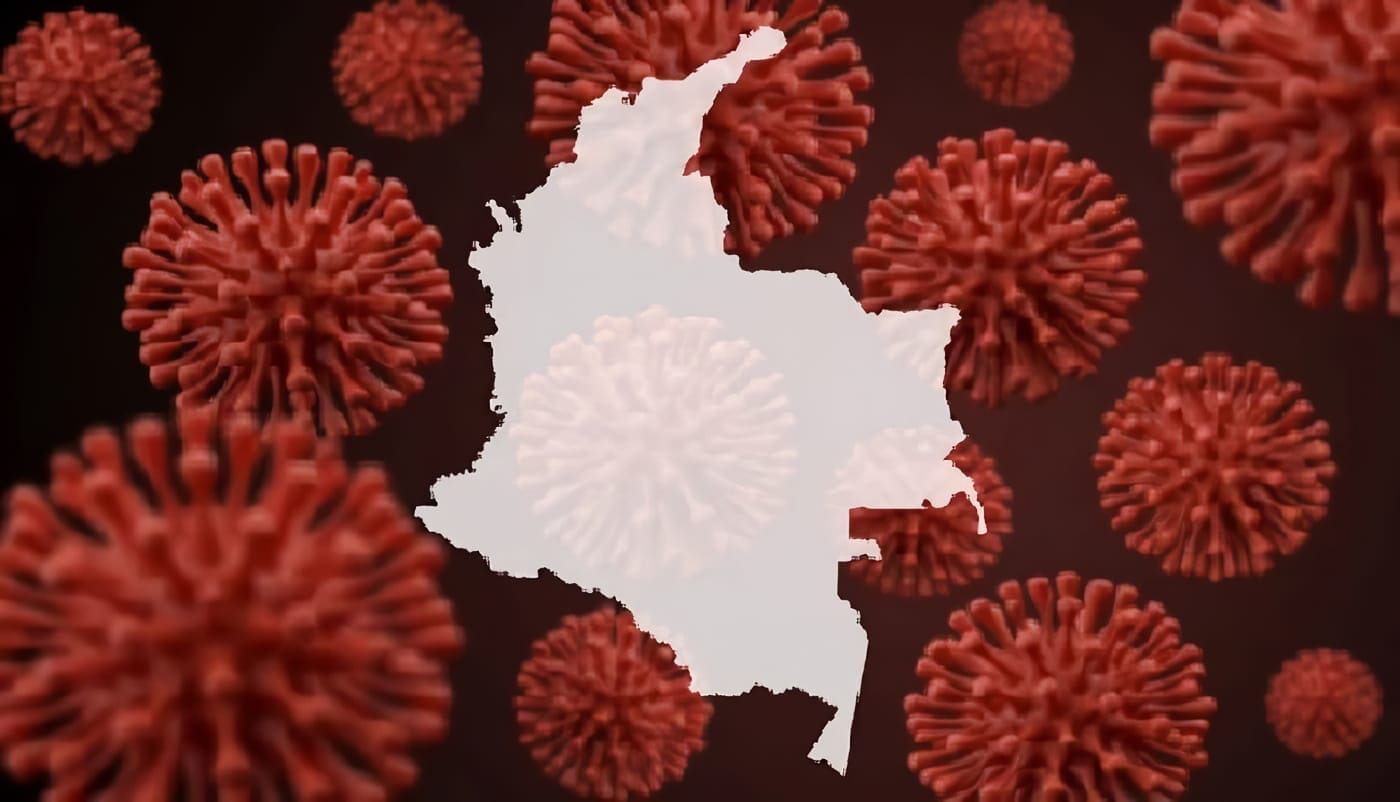Abstract
According to the theory of elasticity of the prevalence of disease, the demand for vaccination against COVID-19 increases with the prevalence of that disease.
The subject of this point of view is the demand for COVID-19 vaccination and the prevalence-elasticity of the disease from the perspective of health economics. In this context, it has been seen that during the pandemic, there have been waves of increases in cases, and the prevalence among certain age groups has increased.
This increase has been attributed to human behavior, the emergence of new strains and nonvaccination. In this sense, the prevalence-elasticity demand implies that the behavior of the individual is endogenous to the dynamics of the disease, which influences the spread of infection and the success of health policies.
To overcome this pandemic, it has been suggested to institute mandatory vaccination policies. However, the free choice to be vaccinated is preferable to compulsory vaccination even if it is not socially optimal.
Palabras clave: COVID-19; Vaccination; Health Services Needs and Demand; Prevalence.
Demanda de Prevalencia-Elasticidad para la Vacunación Covid-19
Resumen – Prevalence-Elasticity Demand for the Covid-19 Vaccination
Según la teoría de la elasticidad de la prevalencia de la enfermedad, la demanda de vacunación contra el COVID-19 aumenta con la prevalencia de esa enfermedad.
El objeto de este punto de vista es la demanda de vacunación contra el COVID-19 y la prevalencia-elasticidad de la enfermedad desde la perspectiva de la economía de la salud.
En este contexto, se ha visto que durante la pandemia hubo oleadas con incremento de casos y aumento de la prevalencia entre ciertos grupos de edad.
Este aumento se ha atribuido al comportamiento humano, la aparición de nuevas cepas y la falta de vacunación. En ese sentido, la demanda prevalencia-elasticidad implica que el comportamiento del individuo es endógeno a la dinámica de la enfermedad, lo que influye en la propagación de la infección y el éxito de las políticas de salud.
Para superar esta pandemia, se ha sugerido instituir políticas de vacunación obligatoria. Sin embargo, la libre elección de vacunarse es preferible a la vacunación obligatoria, aunque no sea socialmente óptima.
Key words: COVID-19; Vacunación; Servicios de salud; Prevalencia.
Many of the decisions in public health to control the current COVID-19 pandemic are based on the altruism of individuals, such as physical distancing, hand hygiene, the use of masks and vaccination, among others.
Vaccines, when available, constitute one of the most important public health tools in the prevention of preventable diseases, as well as a safe and cost-effective strategy to mitigate outbreaks compared to no vaccination.
In addition, as a positive externality, vaccines drive economic growth, savings, and investment and promote equity (1).
Scientific evidence shows that all currently approved COVID-19 vaccines (Pfizer-BioNTech/Comirnaty, AstraZeneca, Janssen [Johnson & Johnson], Moderna, Sinopharm, Sinovac/Coronavac, and Sputnik V/ Gam-COVID-Vac) are effective against COVID-19, even against serious illness, hospitalization, and death (2).
Despite this, some of the challenges presented by vaccination programs are related to demand aspects due to the heterogeneity of human motivations to accept and prefer to be vaccinated.
To induce a demand for vaccination, countries have implemented campaigns that attempt to unleash altruistic behavior and generate greater cooperation toward the well-being of others, which, if achieved, can lead people to be vaccinated even when the level of coverage is above herd immunity.
There is a directly proportional relationship between altruism and declared vaccination intentions. This notion agrees with some philosophical concepts regarding human nature. However, this notion is not only a competing concept.
Important philosophers such as Butler, Rousseau, Adam Smith and David Hume have proposed that human nature has a general benevolence and an altruistic character (3-5).
Even so, these voices are fewer in number than the opposing view. Bentham, Nietzsche, Mill and Thomas Hobbes have tried to explain social phenomena as a consequence of egoism, presenting as the fundamental principle of human action the priority of self-interest over collective interests (4).
Conversely, the concept of Adam Smith (3) promotes that sympathy cannot be reduced to Hobbes’s selfish thesis. These theoretical positions show the historical discussion that has been presented to explain the motivation for human action.
In that regard, classical economic theory assumes that people are interested in themselves and will make decisions without considering the benefits of their preventive choices for others (6).
However, this is a reductive view. Humans do not act based only on the concepts of altruism or egoism but in a combination of the two. The actions of a human being will depend on the moment, personal history, object of the action, gain and possible reward (7,8).
In other words, individuals will first weigh the benefits and risks (for themselves and others), as well as the moral duty, possible punishment, biological fitness, empathy for others, trust in the government, relationship with the authority, associated emotions and religious consequences of every action and then make a decision, and some individuals are better than others at making those kinds of judgments, regardless of their “intelligence” status (7-10).
In this sense, depending on such egoistic or altruistic actions and the concept of prevalence-elasticity demand implies that the behavior of the individual is endogenous to the dynamics of the disease, which influences the spread of infection and the success of health policies.
And in this context, horizontal transmission of pathogens depends greatly on the actions of the individuals; actions that have population-level consequences.
The subject of this point of view is the demand for COVID-19 vaccination and the prevalence-elasticity of the disease from the perspective of health economics.
One way to achieve herd immunity is by reaching a high enough level of vaccine coverage; then, you can successfully control the disease without vaccinating everyone.
According to the theory of prevalence elasticity of the disease, the demand for vaccination against COVID-19 will increase with the prevalence of that disease. During the pandemic, there have been waves of increases in cases and prevalence among certain age groups.
This increase has been attributed to human behavior, the emergence of new strains and nonvaccination (11-13).
From an individual perspective, only vaccinated individuals bear the cost of vaccination. Therefore, there is a greater incentive not to vaccinate as coverage increases, as people who do not get vaccinated can reap the benefits of herd immunity without the cost of vaccination (14, 15).
To overcome this pandemic, it has been suggested to institute mandatory vaccination policies. However, efficiency arguments cannot be used to justify mandatory vaccination schedules. The free choice to be vaccinated is preferable to compulsory vaccination even if it is not socially optimal (16,17).
Appealing, teaching and providing information should be the most important actions governments undertake, especially as a percentage of the population does not blindly follow authorities, as it should be.
In other words, the duty of authority is to explain, not to impose based on punishment and fear; authoritarian measures backfire in the long run. Authoritarian measures create two different classes of citizens: they divide the population into us and them.
Such measures would pull us backward, and it would mean that every one of us, the health professionals, have failed in our jobs, not only in protecting individual decisions regarding the bodies and health of our patients but by going against the principles of autonomy and independence, undertaking a paternalistic approach and reducing the patients to unintelligent beings.
However, patients and individuals can make their own decisions, and the government should not intervene in such decisions.
References – Prevalence-Elasticity Demand for the Covid-19 Vaccination
1.Rodrigues CMC, Plotkin SA. Impact of Vaccines; Health, Economic and Social Perspectives. Front Microbiol. 2020; 11:1526.
2. Vacunas seguras contra la COVID-19 para la población europea.[Internet]. Comisión Europea- European Commission.2022 [consultado 9 febrero 2022]. Disponible en:
https://ec.europa.eu/info/live-work-travel-eu/coronavirus-response/safe-covid-19-vaccines-europeans_es
3. Hume D. Investigación sobre los principios de la moral. Madrid: Alianza Editorial S.A.; 1993.
4. Hobbes T. Tratado sobre el ciudadano. Madrid; Trotta; 1999.
5. Smith A. La teoría de los sentimientos morales. Madrid; Alianza Editorial, 1997.
6. Goodwin N, Harris JM, Nelson JA, Rajkarnikar PJ, Roach B, Torras M. Microeconomics in Context. 4a ed. Routledge,;2018.
7. Cipolla, CM. The basic laws of human stupidity. Knopf Doubleday Publishing Group; 2021.
8. Doris J, Stich S, Walmsley L. Empirical approaches to altruism.(Stanford Encyclopedia of Philosophy) [Internet]. Plato.stanford.edu. 2021 [consultado 7 febrero 2022]. Disponible en:
https://plato.stanford.edu/entries/altruism-empirical/#toc
9. Filkowski MM, Cochran RN, Haas BW. Altruistic behavior: mapping responses in the brain. Neurosci Neuroecon. 2016; 5:65–75.
Bibliographies – Prevalence-Elasticity Demand for the Covid-19 Vaccination
10. Perissi I, Bardi U. The Sixth Law of Stupidity: A Biophysical Interpretation of Carlo Cipolla’s Stupidity Laws. Systems. 2021:9:57.
11. Laxminarayan R, Malani A. Economics of Infectious Diseases. The Oxford Handbook of Health Economics. 2012.
12. Philipson T. Economic Epidemiology and Infectious Diseases. National Bureau Of Economic Research; Cambridge, Massachusetts; 1999.
13. Cox N. The war on whooping cough: the impact of prevalence elasticity and state policies on vaccination behavior.[Internet]. Purl.stanford.edu. 2012 [consultado 7 febrero 2022].Disponible en:
https://purl.stanford.edu/ck150yd9224
14. Olivera MJ. Opportunity cost and COVID-19: A perspective from health economics. Med J Islam Repub Iran. 2020; 34:177.
15. Shim E, Chapman GB, Townsend JP, Galvani AP. The influence of altruism on influenza vaccination decisions. J R Soc Interface. 2012; 9(74):2234–2243.
16. Brito D, Sheshinski E. Externalities and compulsary vaccinations. Journal of Public Economics. 1991; 45(1):69- 90
17. Milgram S. Behavioral study of obedience. Journal of Abnormal and Social Psychology. 1963; 67:371–378.
Authors – Prevalence-Elasticity Demand for the Covid-19 Vaccination
1 Mario Javier Olivera, Parasitology Team, National Institute of Health, Bogotá, DC, Colombia.
2 Mario Javier Olivera, Health Economics Program, Pontificia Universidad Javeriana, Bogotá, DC, Colombia.
3 Julián Felipe Porras-Villamil, MD, MSc, Facultad de Medicina, Universidad Nacional de Colombia, Bogotá, D.C. Colombia.
Recibido: 28 de febrero de 2022
Aceptado: 15 de marzo de 2022
Correspondencia:
Mario Javier Olivera
molivera@ins.gov.co






